How to Improve Website Conversion Rates with an Expert-Led Strategy
- Chase McGowan

- Oct 13
- 15 min read
Turning more of your website traffic into actual customers, leads, or subscribers—that's the core of improving conversion rates. The goal is to systematically find and eliminate the friction points that stop people from taking action. It's a blend of hard data analysis, smart user experience design, and relentless testing. But it starts with choosing the right partner.
Stop Wasting Money on Inefficient Agencies
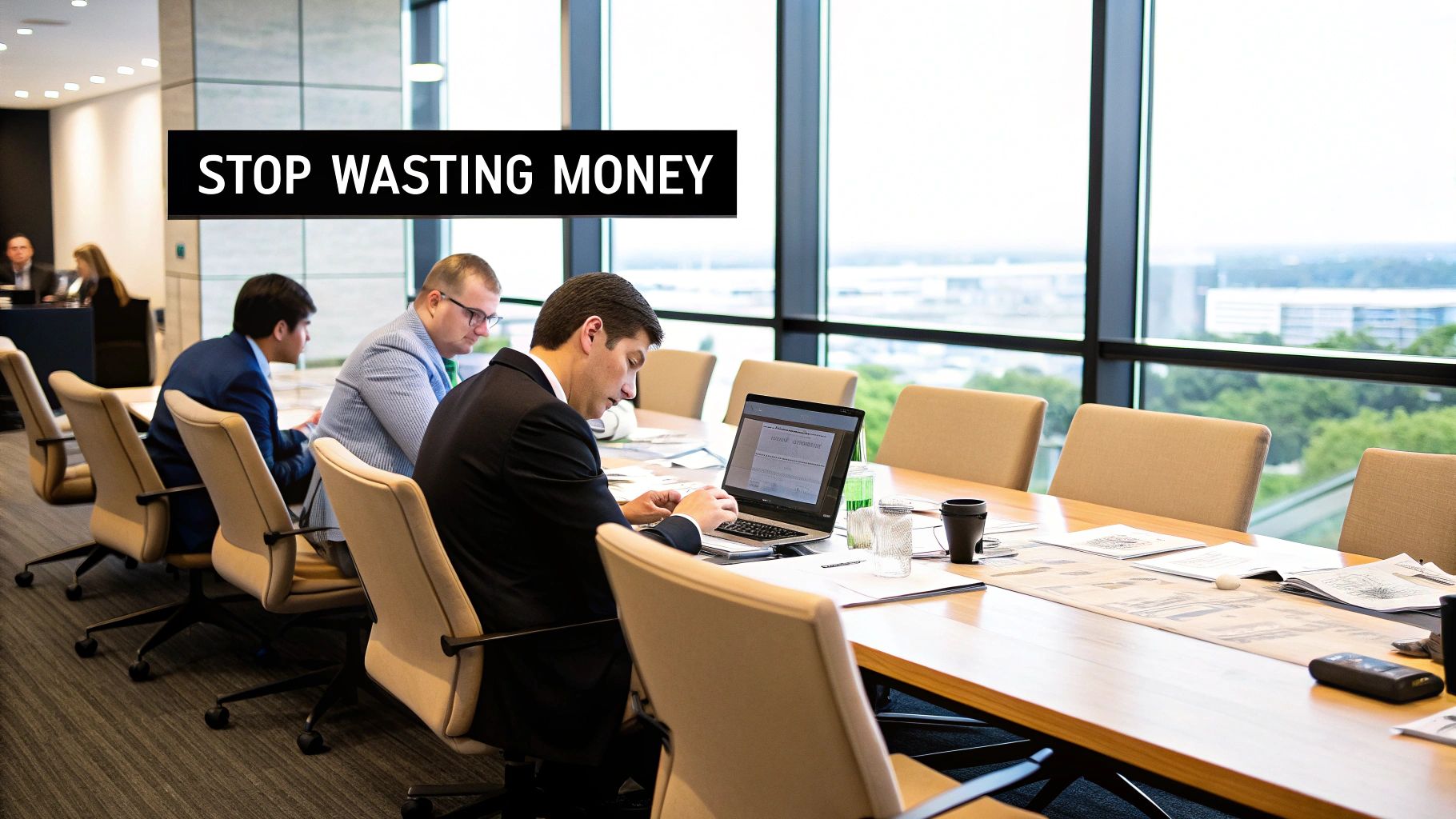
Before we even think about touching a button on your website, we need to talk about the biggest leak in most marketing budgets: the bloated, overpriced agency. So many businesses pour thousands of dollars into big-name firms, hoping for expert guidance on boosting conversion rates. What they usually get is a cookie-cutter strategy handed down to a junior account manager juggling a dozen other clients.
The real price you pay isn't just the hefty monthly retainer. It's the missed opportunity. A one-size-fits-all approach completely ignores the nuances of your specific business, your customers, and your unique position in the market.
The Agency Problem: A Vicious Cycle
I’ve seen this exact scenario play out more times than I can count. A promising company hires a well-known agency to run their Google Ads. The agency rolls out their standard playbook, chasing broad metrics that look impressive in a monthly report but do nothing for the bottom line.
This generic strategy is poison for your conversion rates. Here’s why:
Zero Specialization: Your account gets passed down the chain of command. The person actually clicking the buttons and doing the work often lacks the deep, specialized knowledge needed to make high-impact decisions.
Layers of Inefficiency: Communication is painfully slow, filtered through multiple managers. A simple request to test a new landing page headline can take weeks to get approved and implemented, killing any momentum you had.
Conflicting Incentives: Big agencies are built to scale, not to maximize your profit. Their primary goal is often just to keep you as a client by looking busy, which is a world away from meticulously optimizing your profitability.
The hard truth? Most agencies treat conversion optimization as an afterthought. They're obsessed with driving traffic—any traffic—because it's an easy number to report. But traffic without conversions is just an expensive hobby.
The Expert Consultant Advantage
Working with a dedicated expert consultant like me flips the entire script. My focus is singular: turning your ad spend into measurable profit. I don't have layers of management to navigate or a portfolio of 50 other clients distracting me. My success is tied directly to yours.
This direct, expert-led approach means we can be nimble and relentlessly data-driven. We find the biggest opportunities for impact and act on them—fast. Choosing the right partner is the most critical first step you can take in conversion optimization.
To help you sort through the noise, our guide on how to choose a digital marketing agency that delivers results breaks down what really matters. This isn't just about finding a better vendor; it's about adopting a smarter, more profitable strategy for growth from day one.
Conducting Your Foundational Conversion Audit
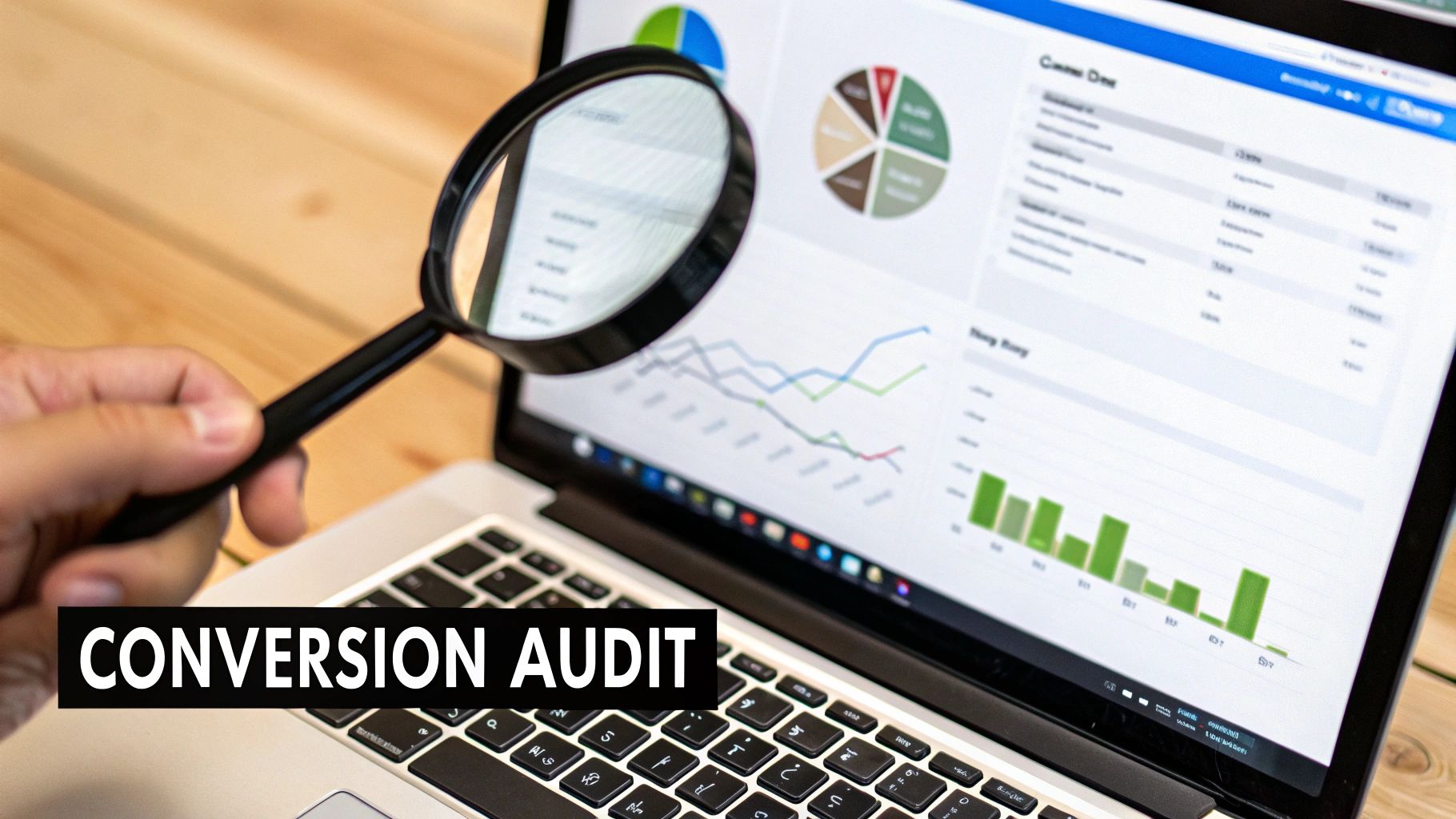
Before you can boost your website’s conversion rate, you have to know where you’re starting. A winning strategy never begins with guesswork or random A/B tests. It starts with a meticulous, hands-on audit to understand the why behind your numbers.
This isn’t about running some automated tool that spits out a generic PDF report. That's the agency way. As a dedicated consultant, I perform a deep dive into your analytics and user behavior to find out precisely why your visitors aren’t taking action.
First things first: what actually counts as a conversion for your business? For an e-commerce store, it’s a sale. For a B2B SaaS company, it might be a demo request. We need to define your macro-conversions (the big goals) and the micro-conversions (the small steps that lead there, like an email signup) to get a complete picture.
Ensuring Your Data Tells the Truth
Before digging into a single metric, we have to make sure your tracking is rock-solid. Bad data is worse than no data—it leads you to make terrible, costly decisions. You'd be surprised how many businesses are operating with broken or incomplete tracking, often from a rushed agency setup or a rogue plugin.
A crucial first step is conducting a thorough Google Analytics audit to verify that every click, event, and goal is captured correctly. An expert review of your setup ensures the foundation of your entire optimization strategy is sound. Agencies often skip this, relying on surface-level data that can hide critical problems.
Uncovering Hidden Friction Points
Once we can trust the data, the real detective work begins. We don't just look at what is happening; we investigate why. This is where a focused, individual expert approach truly shines.
We need to see the website through your customers' eyes, and for that, we use a few key tools:
Heatmaps: These show exactly where users click, move their mouse, and how far they scroll. They’re brilliant for spotting if your most important calls-to-action are being ignored or if people are rage-clicking on non-clickable elements.
Session Recordings: Watching anonymized recordings of real user sessions is like looking right over their shoulder. You can see the exact moment they get confused, hesitate, or abandon their cart. It’s raw, unfiltered, and incredibly valuable.
An agency might glance at a heatmap and suggest changing a button color. A specialist watches 20 session recordings and discovers a confusing checkout field is costing you 15% of your sales. That’s the difference.
The goal of an audit isn't just to find problems; it's to build a strategic roadmap. Every single recommendation must be tied to a specific data point and a clear, testable hypothesis. We move with purpose, not assumptions.
The Undeniable Link Between Speed and Revenue
Finally, no conversion audit is complete without a hard look at technical performance. Your website’s speed has a direct, massive impact on your bottom line. Slow pages kill conversions. Period. They frustrate users and send them packing before they even see what you have to offer.
Consider this: cutting your page load time from five seconds to just one second can boost conversion rates by up to 2.5 times. It's a staggering difference. Yet a shocking 82% of websites haven't improved their load times past the five-second mark since 2019, leaving a ton of money on the table.
A proper audit dives into your Core Web Vitals and pinpoints the specific culprits—like oversized images or clunky code—that are slowing you down. Fixing these technical issues is often one of the fastest ways to get a meaningful lift in conversions. This foundational work gives us the data-backed roadmap we need to start systematically improving your website, one smart change at a time.
Optimizing Your Highest-Intent Traffic Channels
Let's get one thing straight: not all website traffic is created equal. Big agencies love to chase vanity metrics, bloating your budget with broad, low-value keywords to make their reports look good. As a Google Ads specialist, I know the real secret to a high conversion rate is zeroing in on your highest-intent channels.
This isn't about getting more traffic; it's about getting the right traffic. We're talking about the visitors who are already looking for exactly what you sell.
The two most powerful high-intent channels are almost always paid search (think Google Ads) and direct traffic. These people aren't just window shopping. They have a specific problem, and they think you might be the one to solve it. My job is to create a dead-simple, persuasive path from their first click straight to a conversion. This is where a specialist’s focus blows a bloated agency's generic strategy out of the water.
Mastering Paid Search for Pre-Qualified Clicks
Google Ads isn't about spraying money to get clicks. It's about surgically acquiring the right clicks. A classic agency mistake is casting a massive net, which inevitably leads to a dismal click-through rate and an even worse conversion rate. I do the exact opposite: I hyper-target.
My entire strategy as a Google Ads consultant is built around crafting ad copy that actively pre-qualifies prospects before they even click. We don't want everyone. We just want the perfect fits.
Here’s a look under the hood:
Aggressive Negative Keywords: We build a massive list of terms to filter out tire-kickers, DIY researchers, and people looking for the cheapest option. This immediately plugs the leaks in your ad budget.
Intent-Matching Headlines: If someone searches for "emergency plumbing repair," the ad they see won't just say "plumbing services." It will scream "fast, reliable emergency repair." We speak their exact language.
Smart Ad Extension Use: Sitelinks, callouts, and structured snippets aren't just add-ons; they're vital tools for qualification. We give users key info upfront, letting them self-select. Only the most serious prospects will click through.
With this approach, by the time someone lands on your page, they're already halfway to converting.
An expert-managed paid search campaign isn't a firehose of traffic; it's a precision instrument. Every click is a carefully vetted lead, which is why this channel consistently delivers a higher ROI when managed correctly.
Capitalizing on Your Most Valuable Visitors
Direct traffic—the people who type your URL right into the browser—is gold. These are your repeat customers and brand evangelists. They already know and trust you. So why do so many companies dump them onto a generic, one-size-fits-all landing page? It’s a massive missed opportunity.
The data doesn't lie. Different traffic sources convert at wildly different rates. Projections for 2025 show direct traffic converting at an average of 3.3%. That's a huge leap over SEO (2.3%) and social media. Paid search comes in a close second at 3.2%. You can discover more insights about these conversion rate benchmarks and see how much this varies by industry. The takeaway is clear: you have to treat your best traffic differently.
For these VIP visitors, we build high-relevance landing pages that feel like a handshake, not a sales pitch. This could mean:
Personalized Greetings: A simple "Welcome back!" can make a world of difference.
Streamlined Forms: We slash unnecessary fields to make submitting a lead or completing a purchase frictionless.
Interactive Elements: Engaging tools can guide users toward the finish line. If your goal is lead capture, it's worth learning how to build a chatbot for lead generation that converts these warm visitors into qualified prospects.
When you stop spreading your budget thin and start focusing on the journey for your ready-to-buy customers, you see an immediate, dramatic lift in your conversion rate and ROI. It’s simply a smarter, more profitable way to grow.
Designing a High-Conversion User Experience
This is where an expert’s focus on detail creates massive wins. Agencies often get distracted by flashy design trends, but a high-converting website isn’t about impressing other designers. It’s about clarity, psychology, and methodically removing every single obstacle in the user's path.
A great user experience (UX) makes converting feel like the most natural next step. It’s intuitive, reassuring, and completely frictionless. While a bloated agency might propose a costly, six-month redesign, a specialist focuses on targeted, data-backed tweaks that deliver results faster.
This infographic breaks down the three core pillars of a high-conversion user experience.
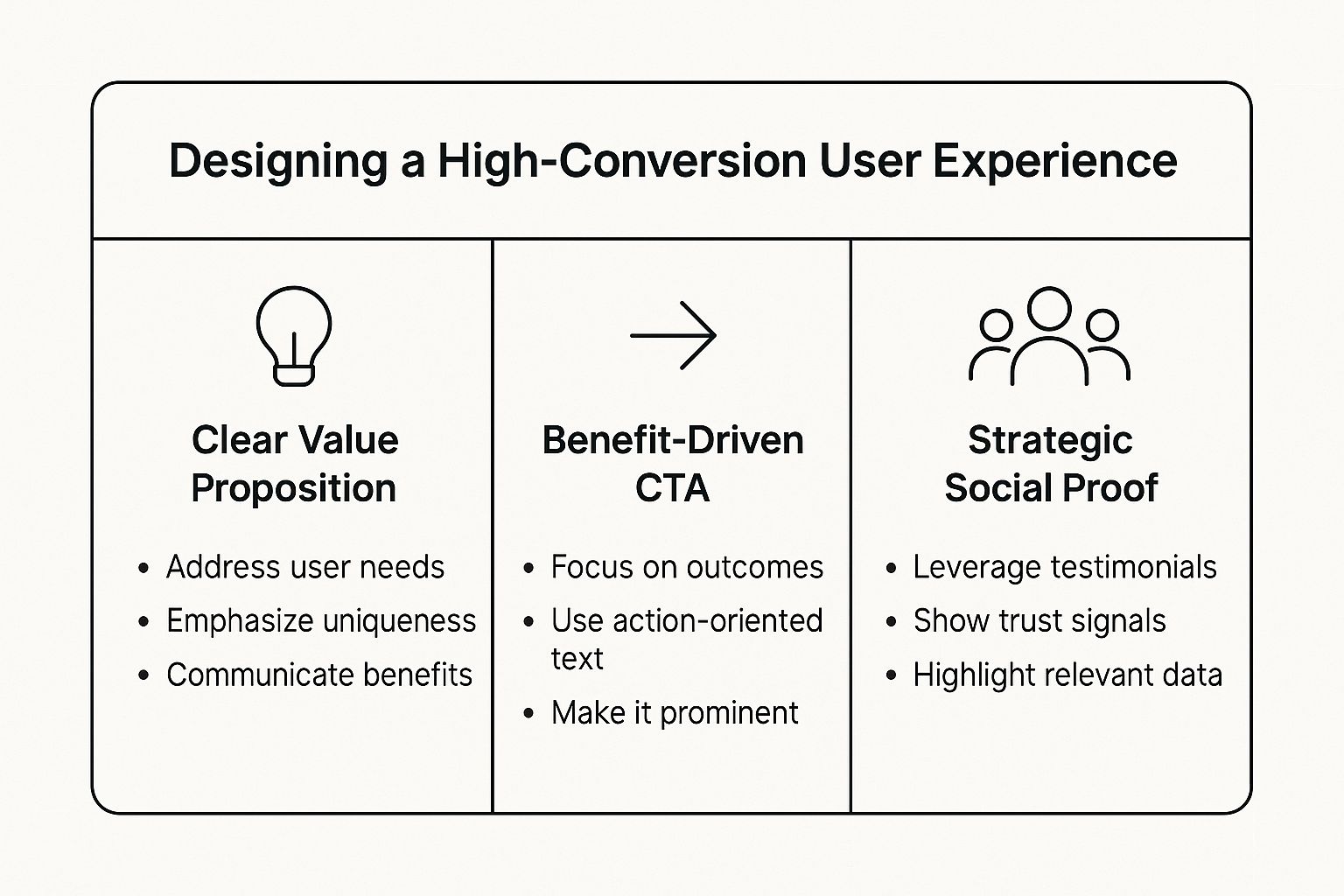
These elements—a clear value proposition, benefit-driven CTAs, and strategic social proof—work in concert to guide the user from simple interest to decisive action.
Nail Your Value Proposition Immediately
When a visitor lands on your site, they're asking one subconscious question: "Am I in the right place?" You have about three seconds to give them a resounding "Yes!"
An unclear value proposition is the fastest way to lose a potential customer. This isn't just a slogan; it's a promise. It must immediately articulate:
What problem you solve.
What makes you the best solution.
What tangible benefit they will get.
Agencies love to clutter homepages with vague corporate jargon like "synergistic solutions." This means nothing to a real person. An expert cuts through the noise.
For instance, a generic agency headline might be: "Innovative Financial Management."
An expert-driven headline gets specific: "We Help SaaS Founders Reclaim 5 Hours a Week by Automating Their Bookkeeping."
See the difference? One is fluff; the other speaks directly to a pain point and promises a clear, desirable outcome.
Write Calls-to-Action That Demand a Click
Your call-to-action (CTA) button is arguably the single most important element on any given page. It's astonishing how often it's just an afterthought. Vague CTAs like "Submit" or "Learn More" are conversion killers because they create uncertainty and friction.
An effective CTA tells the user exactly what will happen when they click and frames it as a benefit to them. The goal is to reduce cognitive load and build forward momentum. Even a small change in wording can make a huge difference.
Take a look at these common examples:
Weak, Generic CTA (Agency Style) | Strong, Benefit-Driven CTA (Expert Style) |
|---|---|
Submit | Get Your Free Quote Instantly |
Download | Grab My Free Ebook Now |
Sign Up | Start My 14-Day Free Trial |
Contact Us | Schedule My Free Consultation |
This isn’t just clever copywriting; it’s about understanding user psychology. The expert approach focuses on making the user feel in control and confident about their next step.
You're not just asking for a click; you're offering them a solution. Frame your CTA as the first step toward solving their problem, and your click-through rates will soar.
Place Social Proof Where It Counts Most
People trust other people far more than they trust brands. Social proof—testimonials, reviews, case studies—is your most powerful tool for building credibility. But where you place it is just as important as what it says.
A big agency might just dump all their testimonials onto a single, lonely page that nobody ever visits. A specialist knows that social proof must be deployed strategically, right at the points of friction in the user journey.
Think about it:
Near the Price: Placing a testimonial about "great value" or "worth every penny" right next to your pricing table can dismantle hesitation.
On a Signup Form: A short review about "amazing customer support" can be the final nudge someone needs before giving you their email.
On a Product Page: Displaying how many people have recently purchased an item creates a powerful sense of urgency and popularity.
This targeted placement builds trust at the exact moment a user is feeling skeptical. It’s a subtle but incredibly effective way to improve website conversion rates. If you want to dive deeper, our guide on how to build high-converting landing pages that win provides even more actionable strategies.
This difference in strategic thinking is often what separates a true conversion expert from a generalist agency. One ticks boxes, the other drives results.
Agency Model vs Expert Consultant Approach
Feature | Bloated Agency Model | Expert Consultant Model |
|---|---|---|
Strategy | Relies on cookie-cutter templates and "best practices." | Develops custom strategies based on your specific data and goals. |
Execution | Junior account managers often handle the day-to-day work. | A senior-level expert directly manages and optimizes your account. |
Communication | Communication is filtered through layers of account managers. | You have a direct line of communication with the expert. |
Focus | Often distracted by upselling additional services. | Laser-focused on achieving the core conversion objectives. |
Outcome | Results are often slow, incremental, and inconsistent. | Delivers faster, more targeted, and impactful results. |
The takeaway is simple: who is actually doing the work matters. An expert brings a level of focus and strategic depth that larger, more layered teams struggle to match.
Simplify Everything for an Effortless Journey
Ultimately, the goal of high-conversion UX is to make everything easy. The fewer steps, the fewer form fields, and the fewer decisions a user has to make, the higher your conversion rate will climb. This requires a ruthless commitment to simplicity.
Scrutinize every element on your site and ask: "Is this absolutely essential for the user to convert?"
Navigation: Is your menu cluttered with dozens of options? Trim it down to the absolute essentials.
Forms: Do you really need a phone number, company size, and job title for a simple newsletter signup? Every extra field you add kills your completion rate. Cut it down to just the email.
Content: Are key pages buried under walls of text? Break up paragraphs, use clear headings, and bold key phrases to make your content instantly scannable.
An expert has the confidence to remove what isn't working. An agency, on the other hand, often adds more complexity to justify their fees. By focusing on these core UX principles, you create a website that not only looks good but works tirelessly to turn your visitors into customers.
Using Smart Testing for Continuous Growth
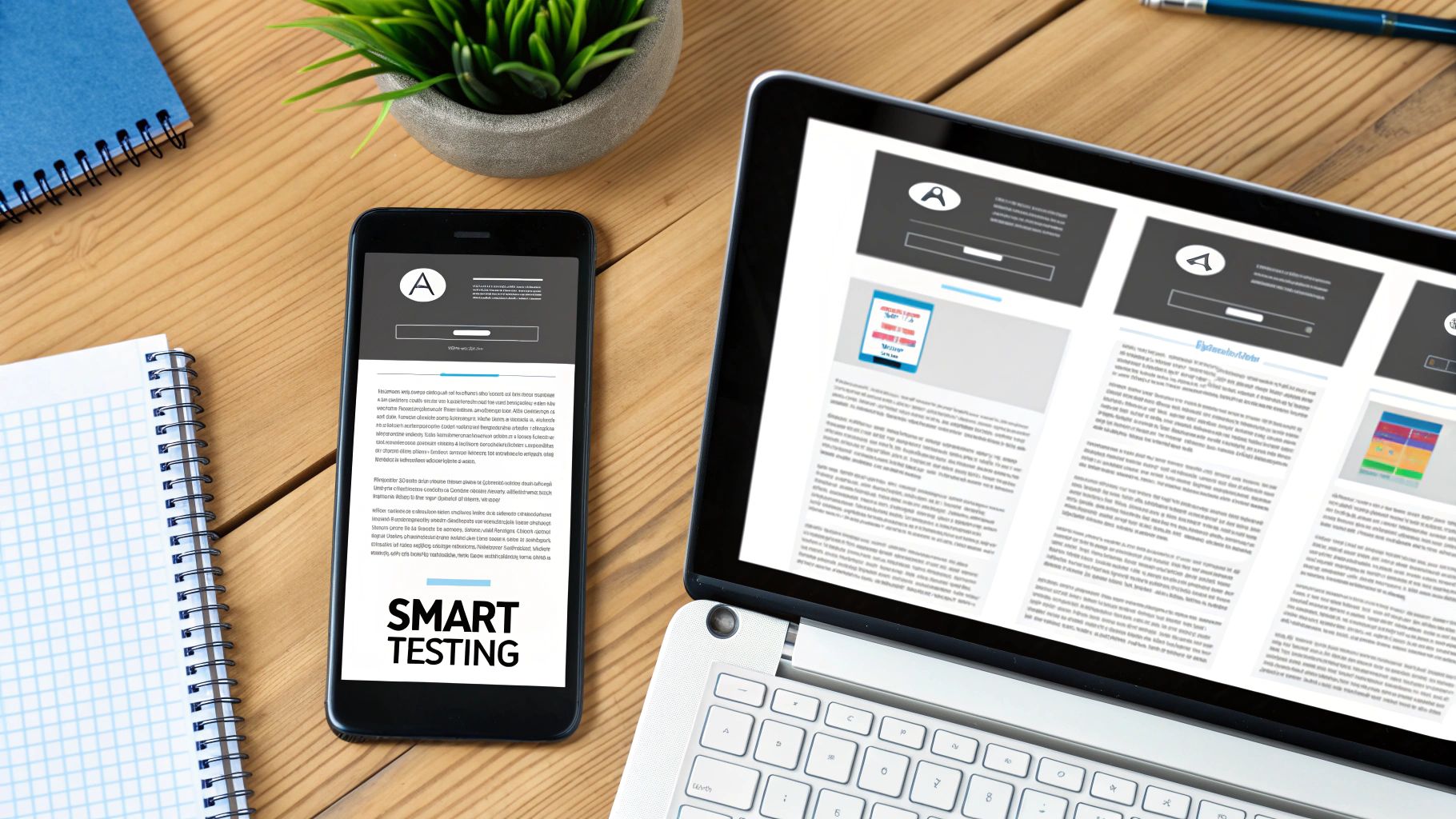
Real growth in website conversion rates isn't about finding a single magic bullet. The biggest wins come from a relentless cycle of testing, learning, and iterating. This is where the difference between a nimble expert and a bloated agency becomes painfully obvious.
Large agencies often get bogged down in endless approval loops and bureaucratic red tape. A simple test can take weeks to get a green light, and by then, the market opportunity has already passed. An independent consultant, on the other hand, thrives on agility. We make data-driven decisions quickly to build momentum.
Prioritizing Tests for Maximum Impact
You can’t test everything at once, and you shouldn't try. The secret is to start where you have the most leverage. I always begin by identifying a client's highest-traffic pages—the ones with the most potential to actually move the needle on their bottom line.
A classic agency mistake is to A/B test trivial elements, like a minor shade of blue in the footer. A specialist uses a prioritization framework like P.I.E. (Potential, Importance, and Ease) to focus on what truly matters.
This structured approach forces you to ask the right questions:
Potential: How much improvement can we realistically expect from changing this element?
Importance: How valuable is the traffic to this page? Is it a key step in the sales funnel?
Ease: How quickly can we get this test live without needing a team of developers?
This way, every test is a strategic bet, not a random shot in the dark. We focus our energy where it promises the biggest return.
Forming a Strong, Testable Hypothesis
A test is only as good as the hypothesis behind it. Vague ideas like "Let's test a new headline" are a complete waste of time and money. A powerful hypothesis is specific, measurable, and grounded in what you know about your user's behavior.
It needs to follow a clear structure: "If I change [X], then [Y] will happen, because [Z]."
For example, instead of just testing a new button color, a strong hypothesis would be: "Changing the CTA button from blue to high-contrast orange will increase clicks by 15% because it will create a stronger visual hierarchy, drawing the user's eye directly to the desired action."
This isn't just a guess; it's an educated prediction based on solid conversion principles. This level of strategic thinking is a core part of the consultant's edge, which you can read more about in this breakdown of A/B testing for landing pages and a consultant's edge vs. agency inefficiency.
A weak test asks "What if?" A strong test asks "Why?" The goal isn't just to find a winner; it's to understand why it won so you can apply that learning across your entire website.
Analyzing Results for Profitable Decisions
Running the test is the easy part. The real expertise lies in knowing how to interpret the results. It’s absolutely crucial to run a test long enough to reach statistical significance—usually a 95% confidence level—to ensure the outcome isn't just random chance. An agency might call a test early to show "progress," but any specialist knows that acting on flawed data is a dangerous game.
Once a winner is declared, the work isn't over. We have to dig into the data and understand the "why." Did the new headline boost conversions across all devices, or just on mobile? Did it perform better with traffic from Google Ads versus direct visitors? These insights are gold.
It's also about having realistic expectations. Global eCommerce conversion rates for 2025 are hovering between 2% and 4%, but this varies hugely by industry. Personal care might see rates as high as 6.8%, while home decor is closer to 1.4%. Knowing these benchmarks helps set meaningful goals and measure success properly.
This iterative loop—prioritize, hypothesize, test, and analyze—is the engine of continuous growth. It’s how you turn a static website into a dynamic, ever-improving sales machine.
Common CRO Questions (and No-BS Answers)
When you're looking into conversion rate optimization, a lot of questions pop up. Business owners want to know about timelines, costs, and what a realistic strategy even looks like. I'm going to cut through the usual agency fluff and give you the straight answers I've learned from years in the trenches.
How Long Until I See Better Conversion Rates?
This is always the first question, and the answer immediately separates a focused expert from a slow, bloated agency.
Every site is different, of course, but an expert-led approach means we're looking for high-impact fixes right out of the gate. Things like clarifying a confusing value proposition or fixing a broken checkout flow can often show positive signals within 30 to 60 days.
Real, sustainable growth from a structured A/B testing program? That usually starts to build momentum over three to six months. The biggest advantage is speed—a specialist starts implementing and testing right away. A big agency might spend your first two months just on onboarding meetings and internal planning decks.
Is Conversion Optimization a One-Time Project?
Absolutely not. You should be highly skeptical of anyone who frames it that way.
Think of CRO as an ongoing growth engine, not a one-and-done task. An initial audit and a round of smart fixes will almost certainly give you a nice lift, but the real, long-term value comes from continuous improvement.
Markets change, customer behavior shifts, and new competitors are always popping up. A dedicated partner helps you build a system for testing and optimizing that keeps you ahead of the curve and constantly finding new ways to improve profitability.
An agency might sell you a "CRO package" and then vanish. A true partner sticks around to build a culture of growth with you.
What Is a Good Conversion Rate for My Business?
Agencies love to throw around vague industry averages, but let's be honest—they're mostly vanity metrics. The only benchmark that actually matters is your own.
A "good" conversion rate is one that's consistently getting better, month after month. That's what actually grows your bottom line.
Instead of chasing a generic number that probably doesn't even apply to your business model or traffic sources, we'll focus on beating your own baseline. Are we converting more leads this quarter than last? Is our cost-per-acquisition trending down? These are the questions that drive real business growth.
Do I Need a Complete Website Redesign?
This is a common and dangerous myth, often pushed by agencies hungry for a big, lucrative project.
In my experience, a full redesign is often the worst way to improve conversions. It's expensive, incredibly risky, and throws a grenade into your entire business. You could easily spend six months and $50,000 only to discover your shiny new site converts worse than the old one. Ouch.
A much smarter, safer, and more cost-effective approach is iterative, data-driven optimization. We focus on improving the website you already have by systematically testing key elements. We find what works, double down on it, and deliver better results with far less risk and for a fraction of the cost.
Ready to stop guessing and start growing your conversions with a focused, expert-led strategy? At Come Together Media LLC, I provide the one-on-one Google Ads and conversion expertise that oversized agencies can't match. Schedule your free, no-obligation consultation today and let's build a profitable plan for your business.




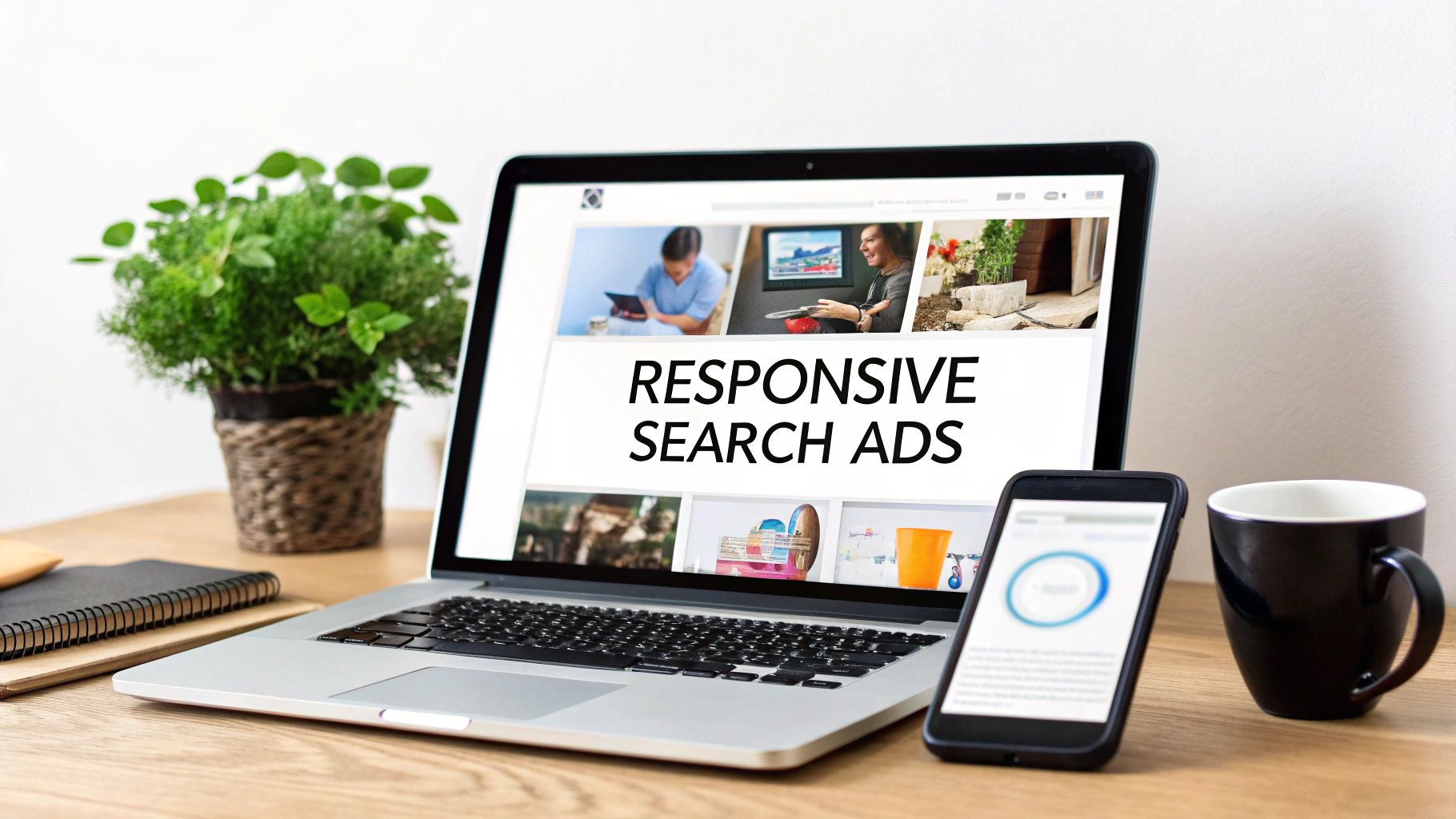
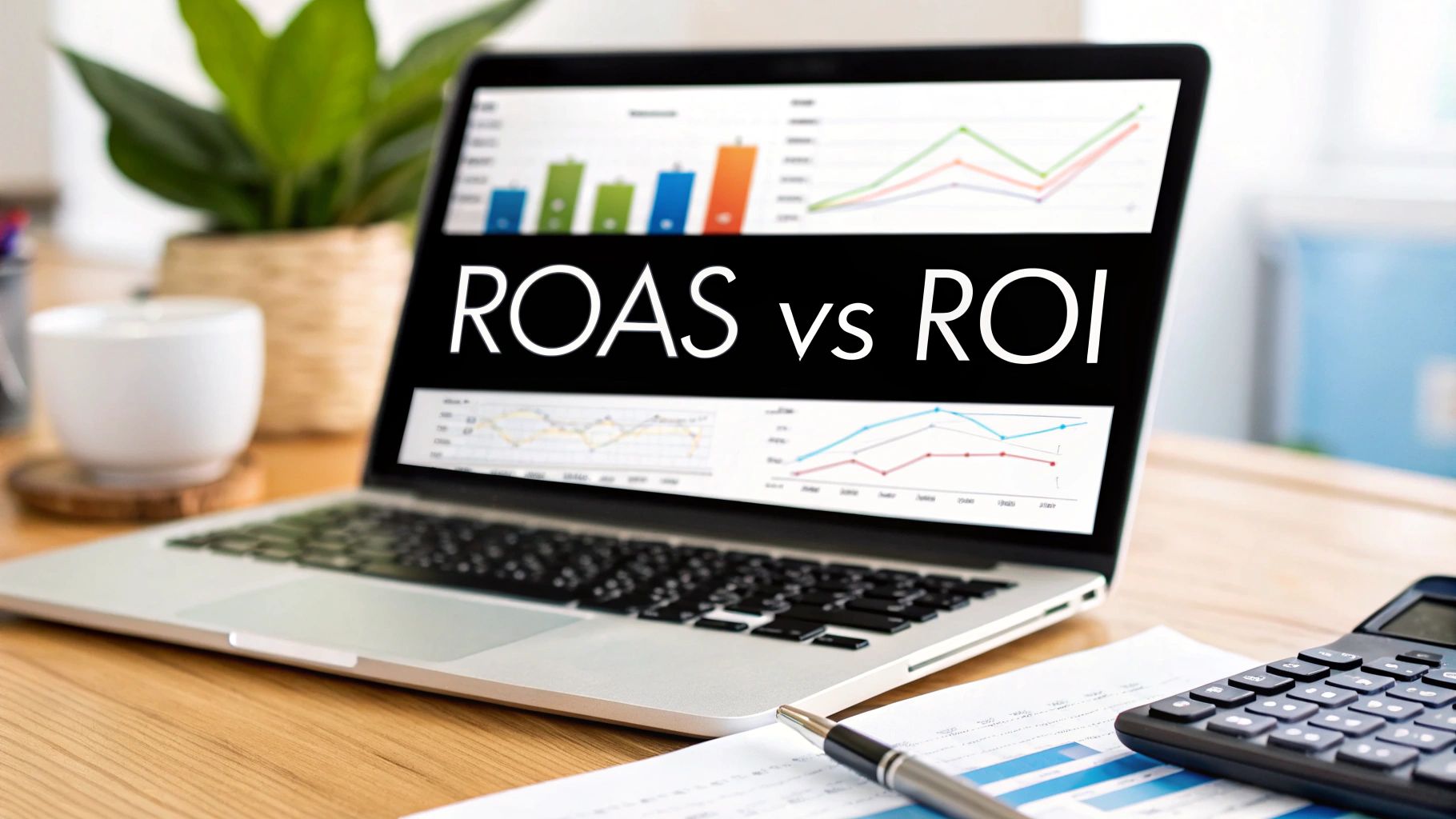
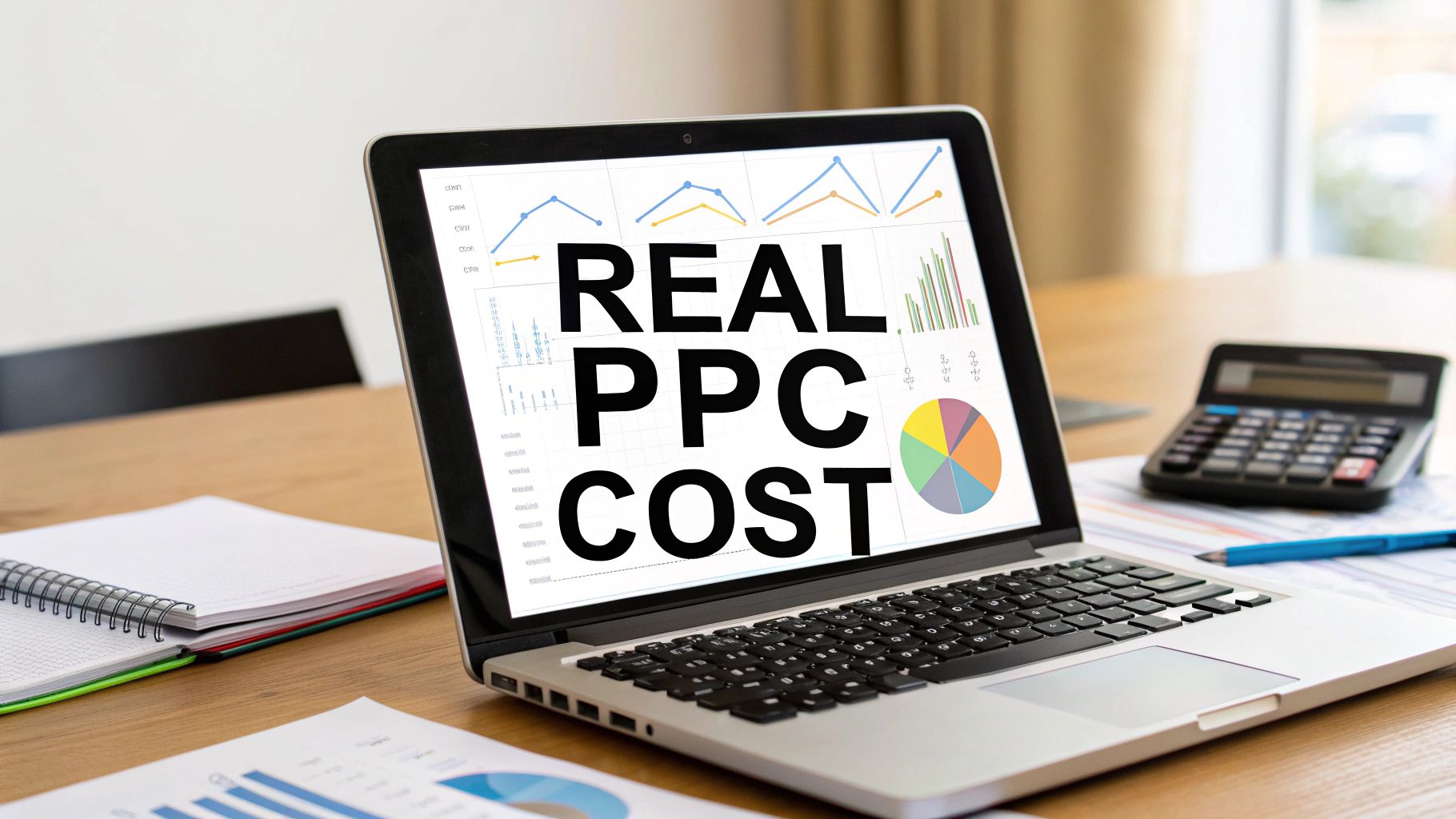
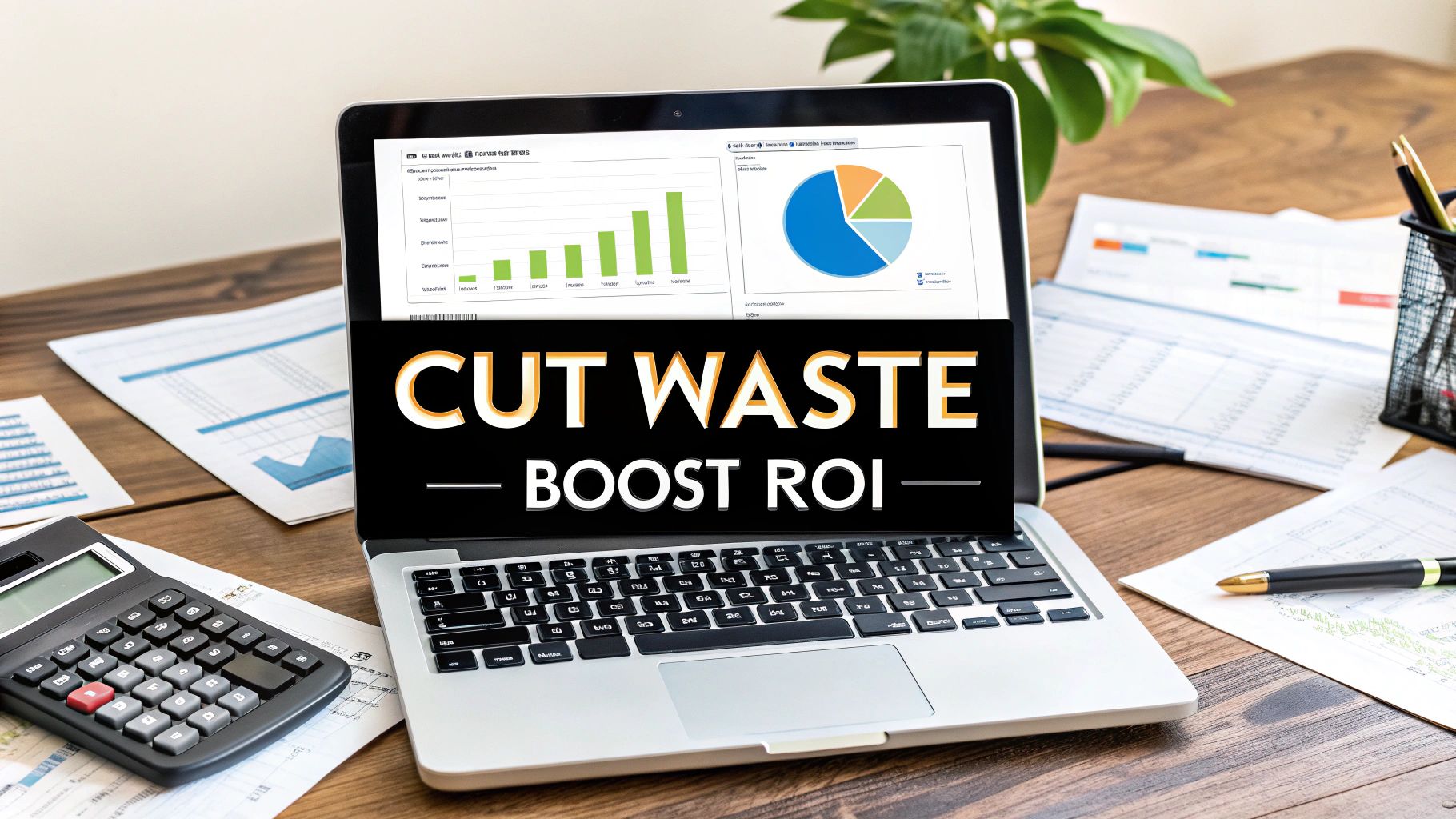
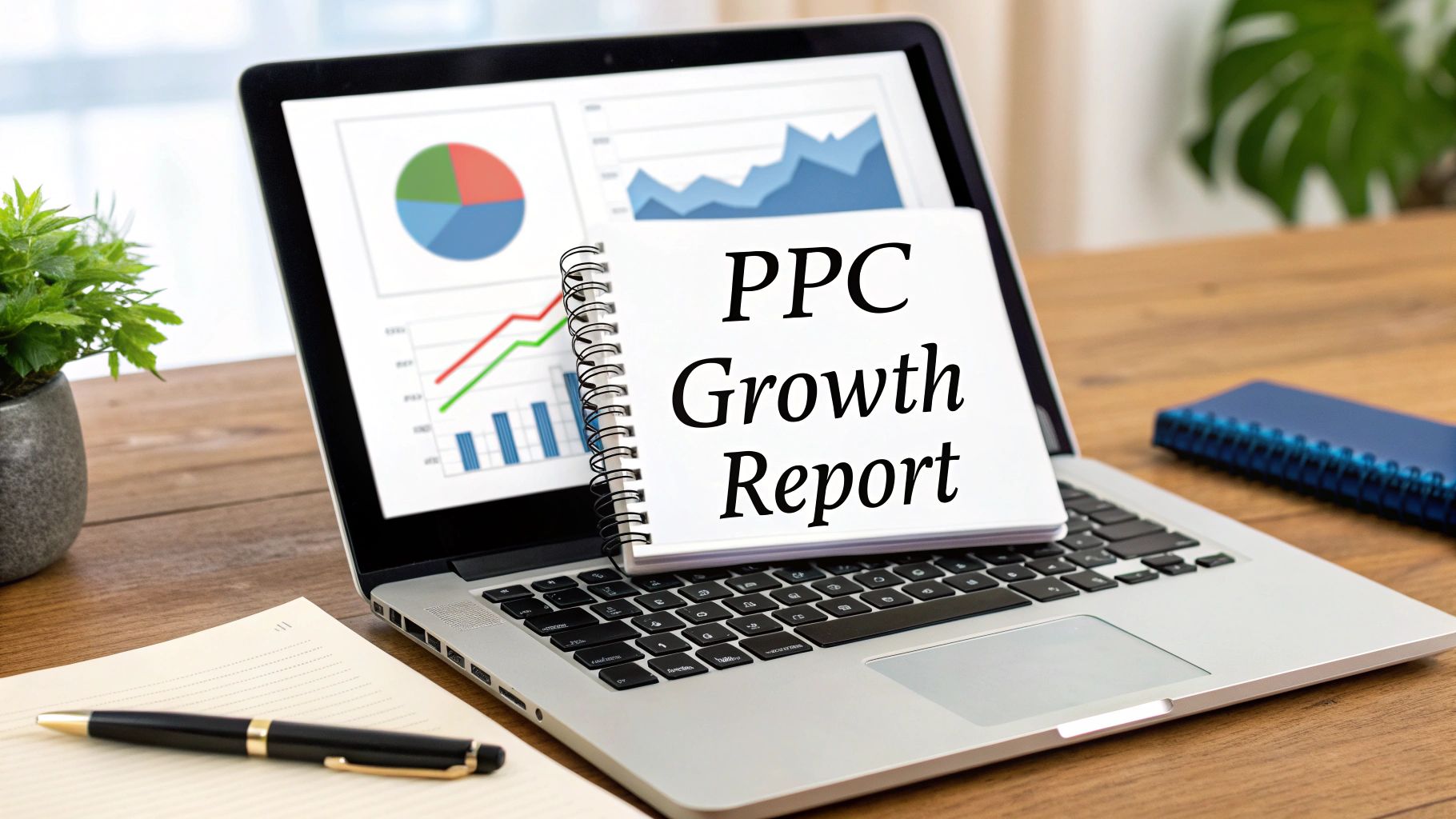
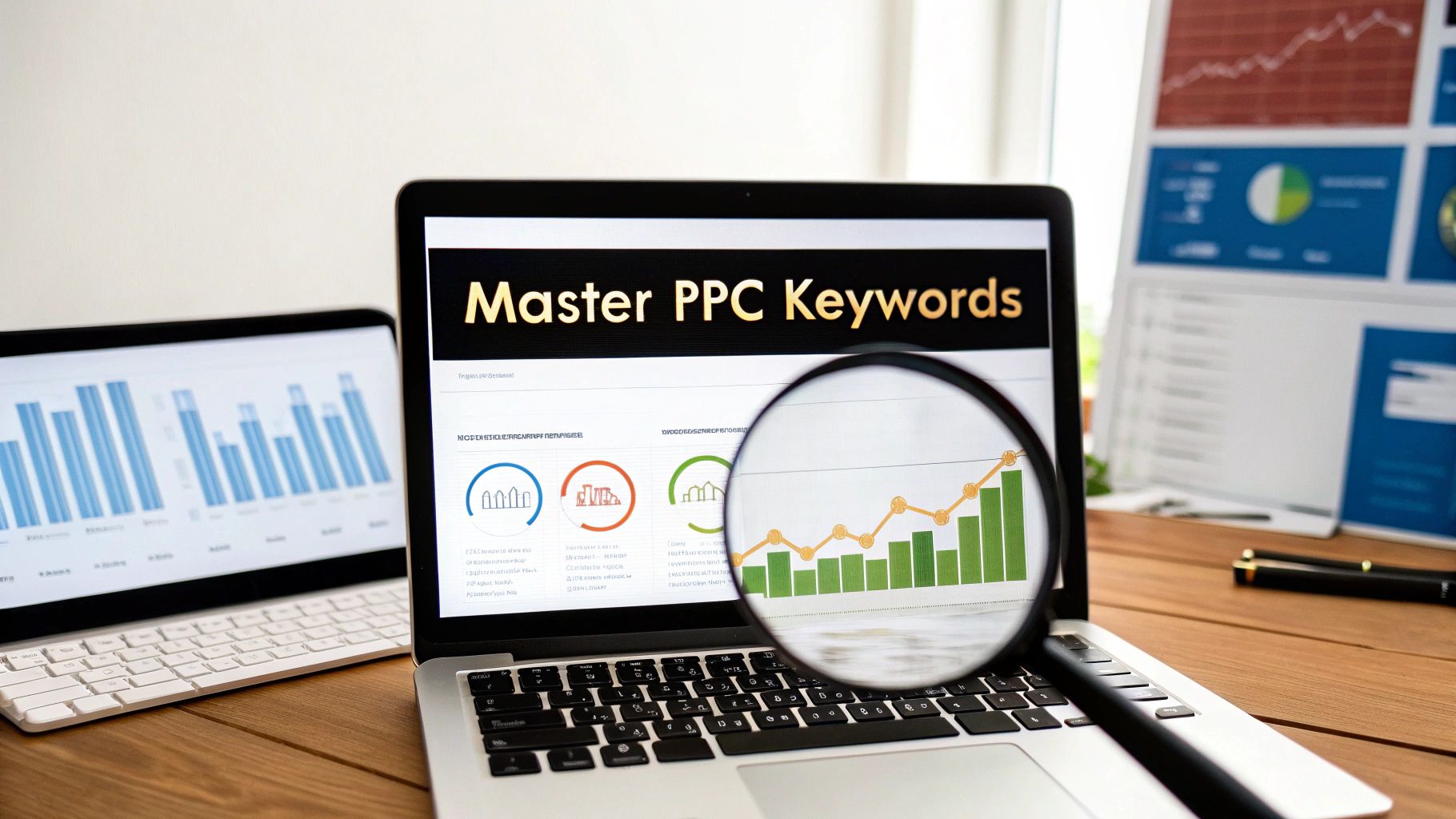
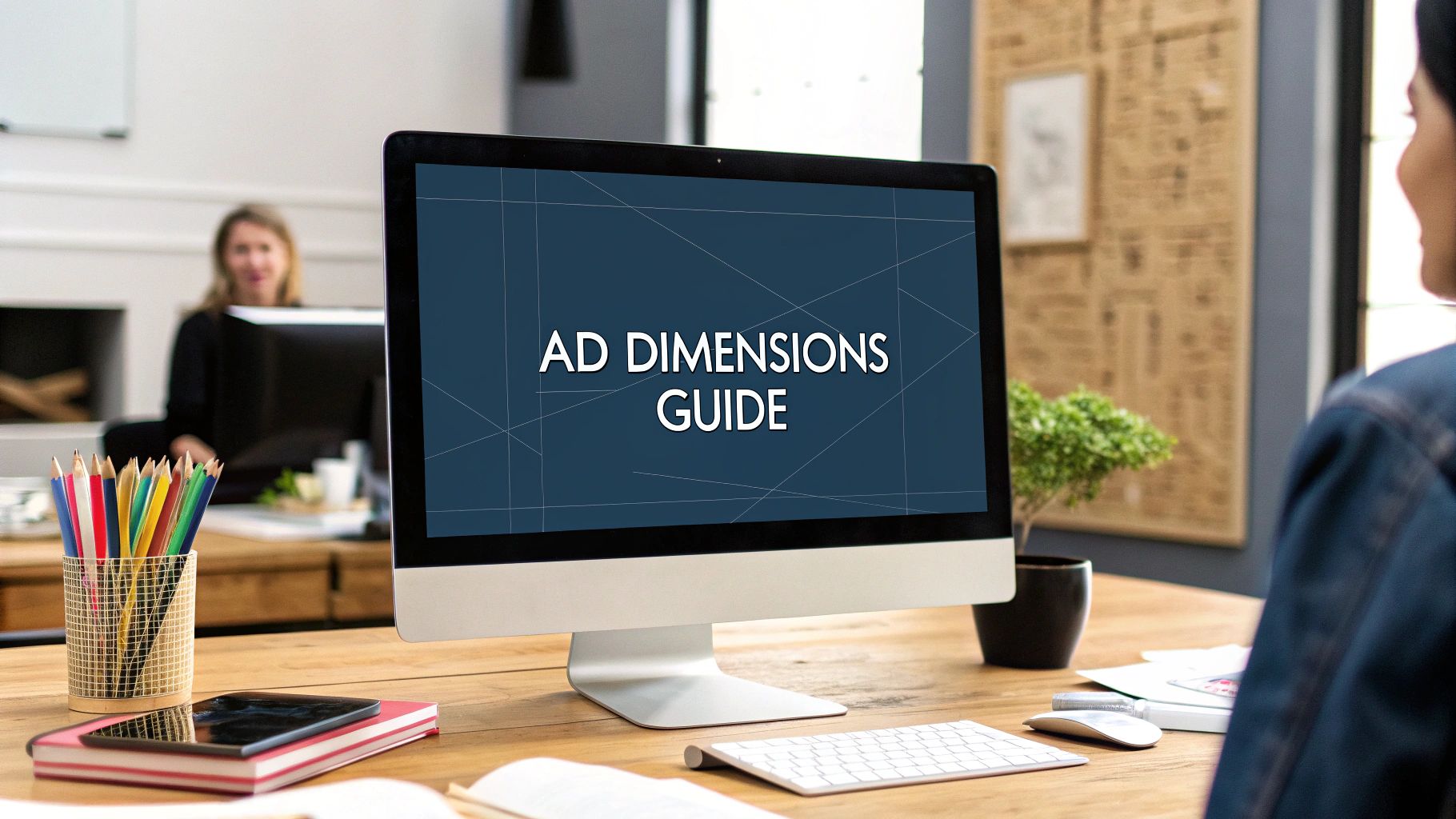
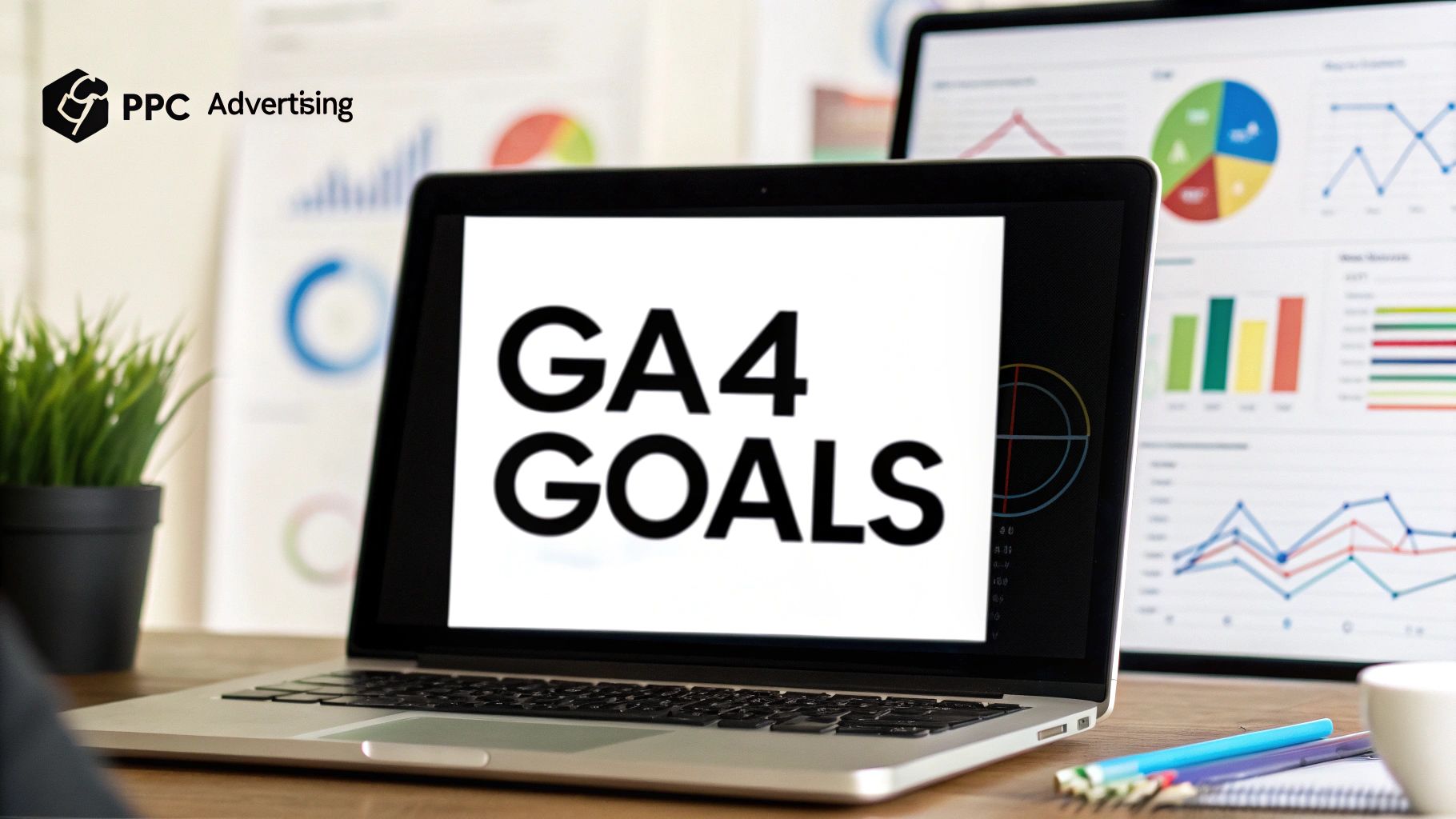
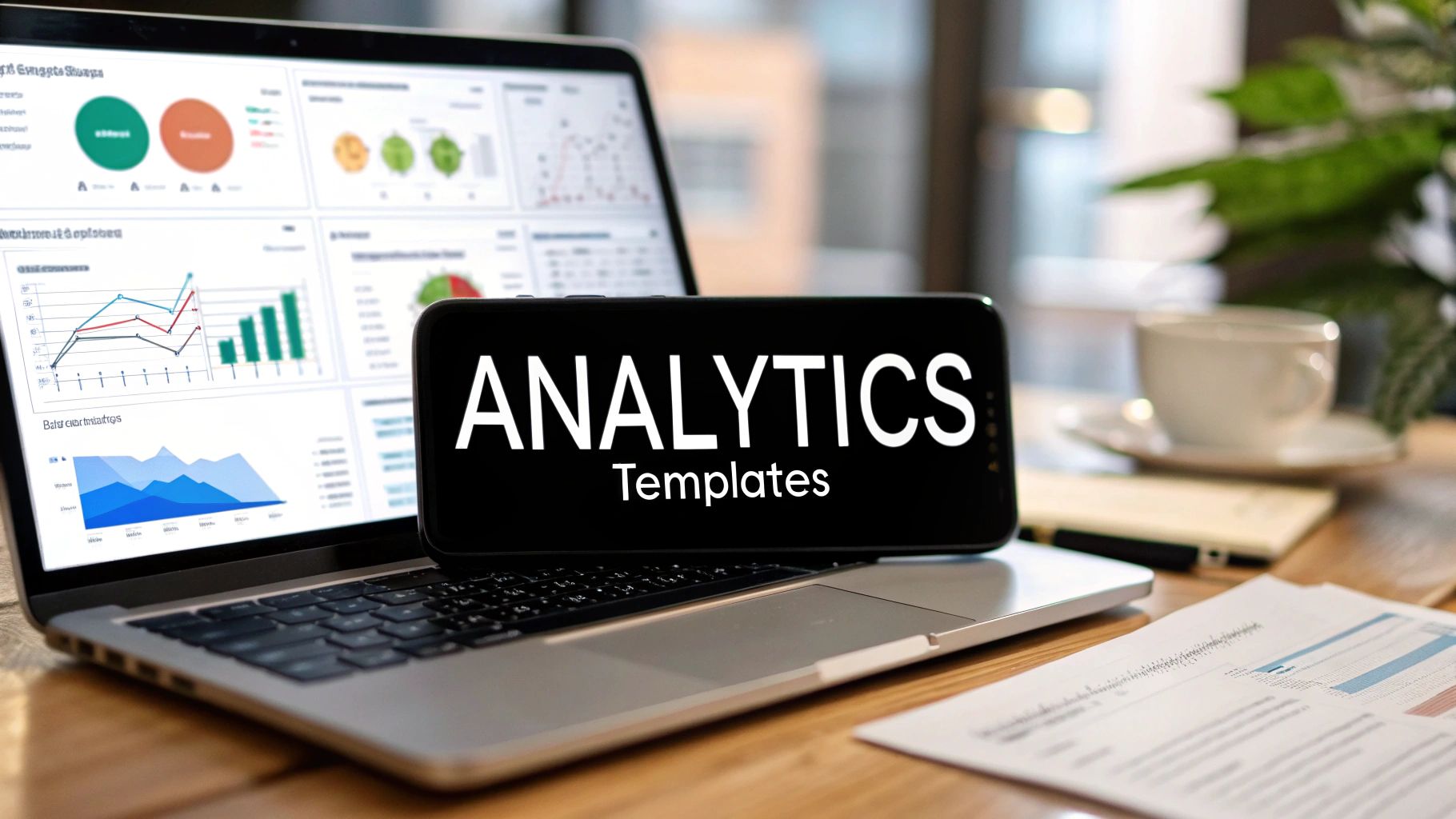
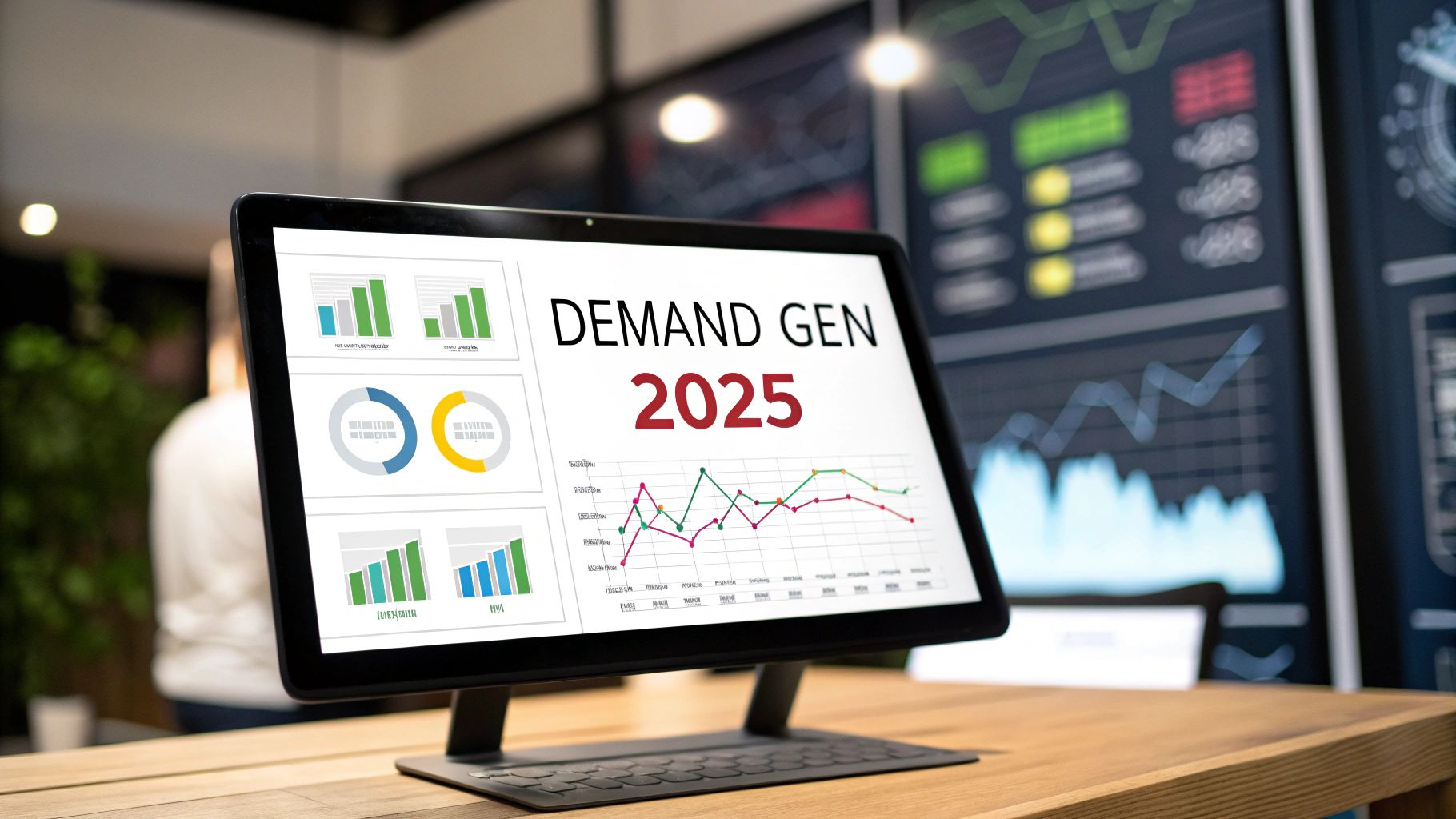
Comments